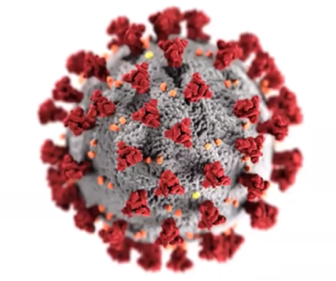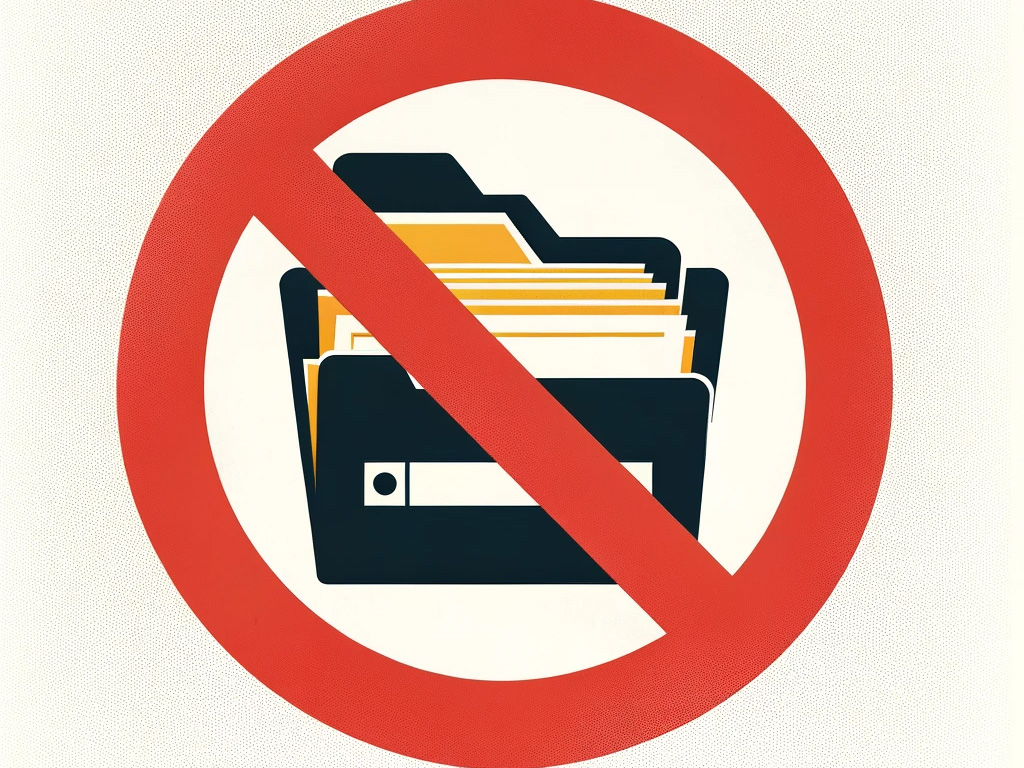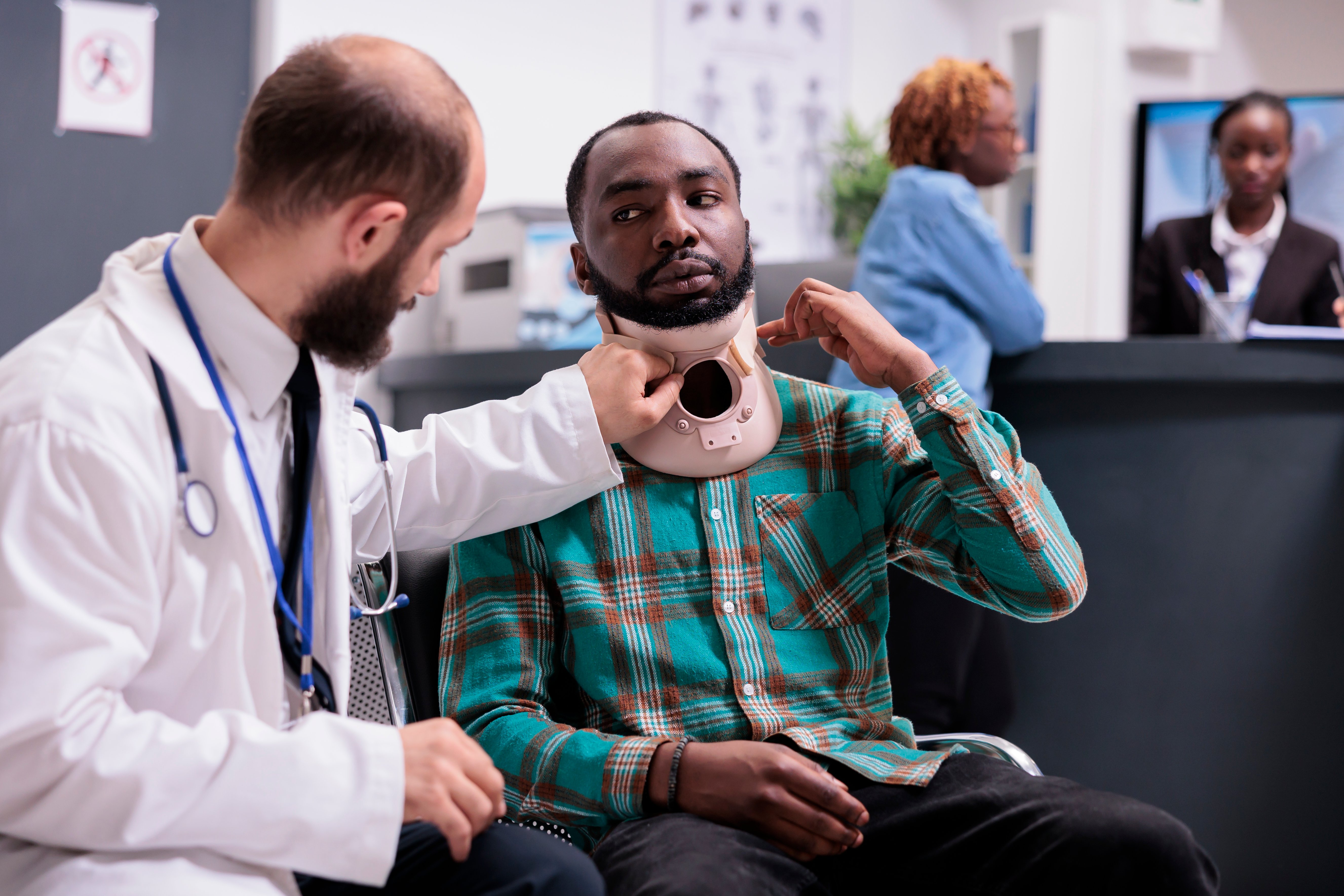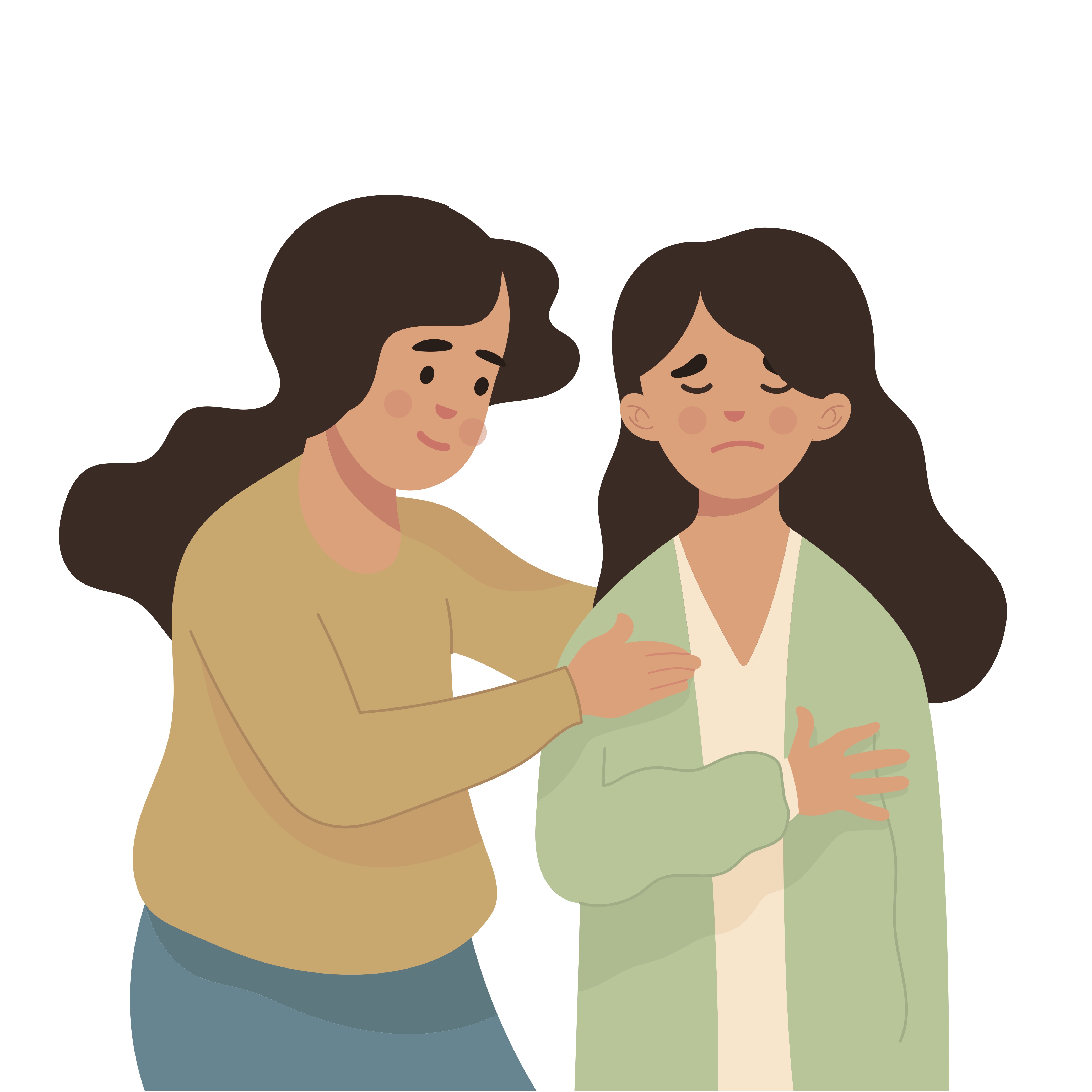Coronavirus (COVID-19) is the latest communicable disease outbreak with symptoms ranging from mild to severe. The World Health Organization (WHO) has classified this illness as a pandemic because of its worldwide spread with no pre-existing immunity. While it may be a novel illness, workplace hygiene best practices remain the same.
1. What is Coronavirus?
The term coronavirus describes a broad category of viruses that affect both people and animals. The name is based on the crown-like spikes on the virus’s surface. According to the U.S. Centers for Disease Control and Prevention (CDC), these types of viruses were identified in the mid-1960s and are a common cause of colds and upper respiratory infections. Note: Antibiotics have no effect on viruses.

- COVID-19 is a new strain of coronavirus. Evidence suggests it began with animal-to-person transmission then shifted to person-to-person spread.
- Symptomatic people are the most frequent source of COVID-19 spread (as is true for the flu and colds).
- The incubation period — the time frame between exposure and having symptoms — ranges from 2 to 14 days for COVID-19.
- COVID-19 data to date suggests that 80% of infections are mild or asymptomatic, 15% are severe, requiring oxygen, and 5% are critical, requiring ventilation. The percentage of severe and critical infections is higher for COVID-19 than for influenza.
- There is currently no vaccine for COVID-19.
- People who have already had a coronavirus infection, including COVID-19, may get it again, particularly if it mutates.
2. Symptoms: Allergies vs. Flu vs. COVID-19
Many ailments share symptoms. Here are some ways to tell them apart:
|
Allergies |
Flu |
COVID-19 |
|
Sneezing |
Fever |
Fever (100.4+° F) |
|
Itchy Eyes or Nose |
Cough |
Cough |
|
Runny or Stuffy Nose |
Sore Throat |
Shortness of Breath |
|
Watery, Red, or Swollen Eyes |
Runny or Stuffy Nose |
Phlegm Production |
|
Shortness of Breath |
Muscle Pain or Body Aches |
Fatigue |
|
Wheezing |
Headache |
Sore Throat |
|
Cough |
Fatigue |
Headache |
|
Rash or hives |
Muscle or Joint Pain |
|
|
Nausea or Vomiting |
Chills |
|
|
Dry, Red, or Cracked Skin |
Nausea or Vomiting |
|
|
Nasal Congestion |
3. How Viruses Spread
- Person-to-Person Contact
- Being in close contact with someone who is sick
- Coming in contact with droplets expelled when an infected person coughs or sneezes
- Contaminated Surfaces
- It may be possible to contract the virus by touching a surface or object that has a live virus on it and then touching your eyes, nose, or mouth.
- Poor Hygiene
- Not washing your hands long enough or often enough
- Not covering your own coughs or sneezes.
4. Take Precautions to Protect Yourself
The CDC recommends taking the following steps to reduce your risk of contracting viruses, including COVID-19:
- Avoid close contact with people who are sick (staying 6 feet away or more is recommended).
- Avoid touching your face, nose, eyes, etc.
- Wash your hands often with soap and water for at least 20 seconds, especially after blowing your nose, coughing, or sneezing, or having been in a public place.
- If soap and water are not available, use a hand sanitizer that contains at least 60% alcohol.
- To the extent possible, avoid touching things — elevator buttons, door handles, handrails, etc. — in public places. Use a tissue or your sleeve to cover your hand or finger if you must touch something.
- Clean and disinfect your home and workplace to remove germs. Wipe down frequently touched surfaces, including tables, doorknobs, light switches, handles, toilets, faucets, sinks, and cell phones.
- Avoid crowds and keep your distance from others, especially in poorly ventilated spaces.
- Avoid non-essential travel, including plane trips and cruises.
5. Personal Risk Factors
Aspects of people’s personal health may increase their risk for more severe instances of COVID-19. People with a higher level of risk include:
- Older adults (risk is highest for ages 80+)
- People who have serious chronic medical conditions, such as heart disease, diabetes, and lung disease
6. COVID-19 May Be OSHA Recordable
The U.S. Occupational Safety and Health Administration (OSHA) indicated COVID-19 may be a recordable illness as part of the employer’s annual OSHA 300 log if a worker was infected as a result of performing work-related duties. A COVID-19 case is only recordable if it meets all three of the following criteria:
- COVID-19 was confirmed as part of CDC protocols for a person under investigation, presumptive positive, or as a laboratory-confirmed case.
- The case is work-related as defined under OSHA standard 29 CFR 1904.5.
- The case involves one or more of the recording criteria specified in OSHA standard 29 CFR 1904.7.
Employees who have gotten the common cold or the flu are not considered reportable incidents. Follow your employer’s protocols.



